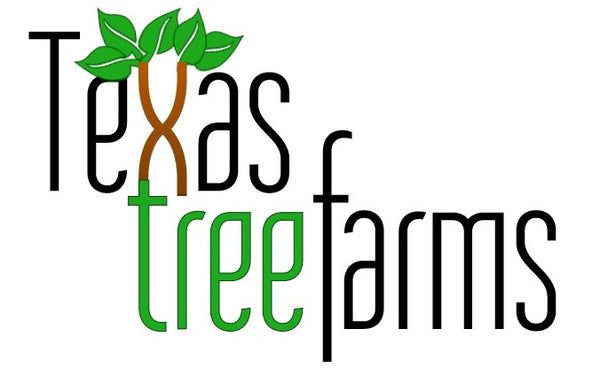Borage is a pollinator powerhouse, attracting bumblebees, hover flies, hummingbirds, honey bees, lacewings, parasitoid wasps and more. Borage is an annual herb, also known as starflower and Bee's Bread, is in the flowering plant family Boraginaceae (Borago officinalis). Grows up to 3 feet tall and 2 feet wide and may require staking if becomes too top-heavy with flowers. Borage blooms from late spring through late summer, with plants in full sun producing the thickest stems and most flowers. Borage leaves and blue flowers are edible, having a flavor similar to a cucumber.
Avoid planting borage near Brassicas (includes broccoli, Brussels sprouts, cabbage, cauliflower, collard greens, kale, and turnips) and potatoes.
Borage helps to repel pests such as hornworms, attracting pollinators, improves growth and increases pollination rates of crops like flavor of squash, cucumber, tomatoes, strawberries, peas, pumpkins, zucchini, melons and more.
Borage is high in calcium and potassium.
Borage is packed with healthy nutrients that are said to be great for the body. Crushing borage leaves is said to relieve insect bites, stings, reduce swelling and bruising and is also helpful for clearing up boils and rashes. Borage contains calcium, iron, Potassium, Zinc, Vitamin B and Vitamin C. The flowers can be used for creating a blue dye.
Bees, hummingbirds, and other pollinators flock to this plant that is so rich in nectar ... beekeepers grow borage to boost honey production. Chickens love Borage!
